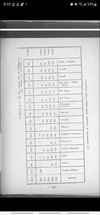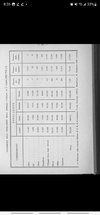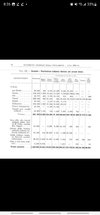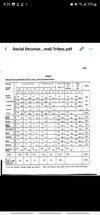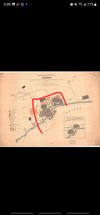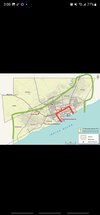Arab fiqh book Futuh al habesha is available online
I dare you to point it out where he mentions "ethio-semitic speakers and shieet"
Nga y'all brag about Harla who were actually non-significant compared to somalis and actually are yet to be proven whether they spoke a cushitic language or a semitic one
That assumption is wild
What are you smoking bruv this is insane
View attachment 289403
The Islamic current brought by merchants and immigrants powerfully affected the formation of states between the port of Zeila and the rich highlands of the south in the interior. Thus, between the ninth and the fourteenth centuries, a number of states such as Shawa, Ifat, Hadiya, Dawaro, Bali, Adal and a number of smaller ones came into existence. While the Cushitic speakers Islamicised, Islam did not seem to have gone deep into the cultural life of the people. Most of the Muslim rulers seem to have been Semitic speakers, who were Muslim in their customs, names, titles, and religion. The second source of our information for the first major Muslim Christian struggle comes from the pen of the great Egyptian scholar al- Umari. He reported on the basis, of information he gathered from Shaikh Abdallah of Zila, the ambassador of Ifat, who wenft to Egypt on behalf of the Muslims to seek support from Egypt. Al- Umari, who produced this story around 1345 described the seven Muslim states, their cooperation and competition, strength and weakness, the richess and poverty with astonishing clarity. The story of al- Umari, although not as rich as that of the anonymous Christian chronicler, is quite
detailed and reliable.
This army was better than any other the
Muslim leaders had been able to raise in the past, because of its superior military organisation. It was divided into three main groups. The first was the Malasay. This was the personal bodyguard of the Imam,
commanded by him alone. The entire Malasay was composed of sedentary people, including the Harla and the Adare. A necessity of a common language, or closely related and mutually intelligible languages, for effective communications seems to have determined the ethnic composition of this crack force. The Malasay was well-disciplined, thoroughly trained, and above all mounted and well armed with sabres from Arabia, shields from India and swords from north Africa. Its ranks increased by the stream of Arab preachers, musketeers and mercenaries who now flocked to Harar in large numbers." This clearly shows Arabs and hararis were the majority force of the Malasay my friend.
See for example al-*Umari, Masalik al-Absar fi Mamalik el Amsar.
pp. 1-3; Maqrizi, The book of the true knowledge of the history
of the kings in Abyssinia, p. 8; Cerulli, Studi Etiopici ; la
lingua e la storia di Harar, (Roma : 193&), vol. I, pp. 17-18.
2* The Glorious Victories of Amda-Siyon. p. 90*
3. al- Umari, ibid., pp. 1-3 et passim.


